4x4 Dictionary A-I
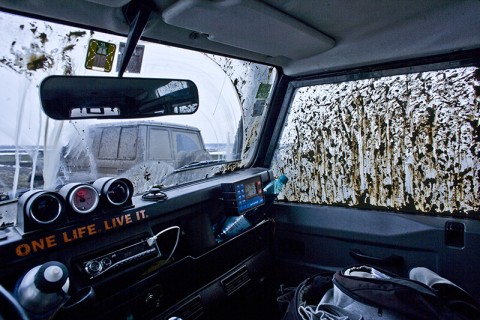
You can pack your 4x4 with all sorts of helpful tools and fun gadgets. On short off road trails you dont really need much more than originally provided by your rig. As soon as you go for longer tours your gadget needs increase. This 4x4 dictionary gives you a quick overview of the most important things to stuff your 4x4 rig.
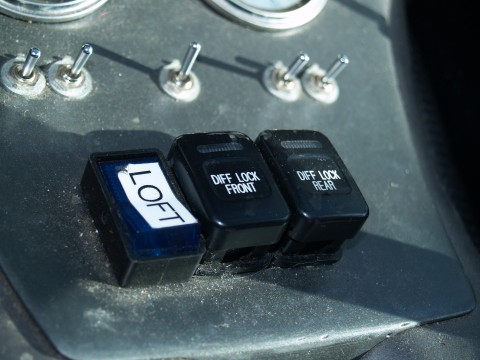
Air Lockers a locking differential or air locker is designed to provide better traction than an open differential in off road conditions. What it does is lock both wheels on an axle so that the drive power will force them to move in sync, as if they would be part of the same shaft, regardless of adherence on either wheels. When unlocked, the differential allows each wheel to spin independently, at different speeds (such as when the car negotiates a turn) thus avoiding tire and axle wear in this case, there will be equal torque but unequal rotation speeds. By contrast, when the differential is locked, the wheels left and right are made to rotate at the same speed, without taking into account traction differences but the torque will be unequal. The locked differential can, thus provide significant differences over an open differential but only when the traction between the two wheels differs noticeably. Depending on the make of car, the most wide spread lockers are ARB and Detroit Lockers. An advantage of the air lockers is that you can have a bigger pressure tank. This can double as a tire pump and, if you want to take it a step further, a pneumatic pistol for the tire screws can be fitted and used with the same tank. Other brands include ELocker and Ox Locker, which function on slightly different systems (solenoids / mechanical cables)
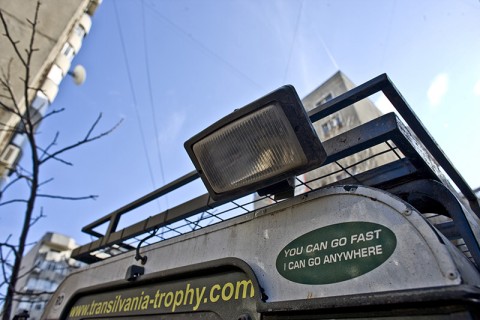
Auxiliary Lighting depending on what your 4x4s main use will be, auxiliary lighting may or may not be necessary. In general, these lights aim at improving the results of standard car lights which can be limiting in some cases. Probably one of the most common auxiliary lights systems are the roof / hood lights which help when the car crosses deep mud areas and the head lights become filled with the stuff thus rendering them unusable until clean roof light assistance can be deployed to lead the way. One of the other important additions here would be the rear projector. A light fitted high above the rear door that can or cannot be connected to the reverse gear. When in operation, the light helps the driver backing up, searching for tools in the rear of the car or simply as a recon light. When setting up auxiliary lights, its very important to link them directly to the battery. Lights linked at any other consumer point will affect the car, can short circuit the electrical system and/or cause a fire. Also bare in mind that most lights will have quite a big electricity requirement so modifying/upgrading the alternator and/or installing a second battery is important! Notable brands here are Bosch and Hella. Both used in professional racing, sturdy and effective in almost any night time conditions.
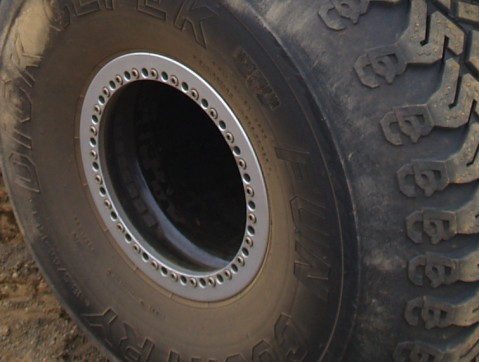
Beadlocks this particular upgrade is also highly dependent on what the cars use will be. What the rims equipped with beadlocks do is secure the bead of the tire to the wheel. When on difficult terrain, the pressure of the tire is occasionally lowered to insure a bigger contact area with the ground. In normal conditions, the pressure inside is enough to lock the tire on the rim and insure that the two work in perfect sync. When the pressure is lowered, as mentioned before, the possibility increases that the rim will spin without the tire, creating a flat. What the locks, of any sort, generally push the tires onto the rims and insure that the low pressure will not become a problem. The beadlock options divide in two main classes: internal and external. The external ones will bolt on the existing rim (given its prior modification) or will incorporate the system at purchase. What it effectively does is clamp the tyre in between the outer and inner rings, thus creating an excellent contact area for the tire not to slip off. On the other hand, the inner locks, which are essentially invisible are nothing more than high pressure tubes that push the bead of the tire against the wheel, insuring that it wont move. Its generally fabricated from a strong polyester which will keep the beadlock from inflating too much inside the tire.
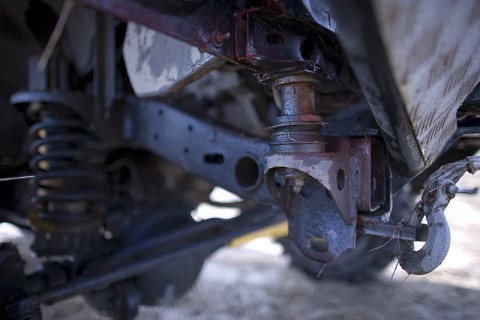
Body Lift the body lift is nothing more than a number of metal elements that attach between your chassis and the body. The two main purposes of this modification are the fitting of bigger wheels without bodywork modifications as well as having the car look more imposing. Such modifications range in size from 2 centimeters onward, but past 10 centimeters other modifications will also have to occur. Lowering the body of the car will change the gravitational center, making it higher, as well as having the body more prone to torsion and damage. It rarely has any other use than the improvement of the cars aspect.
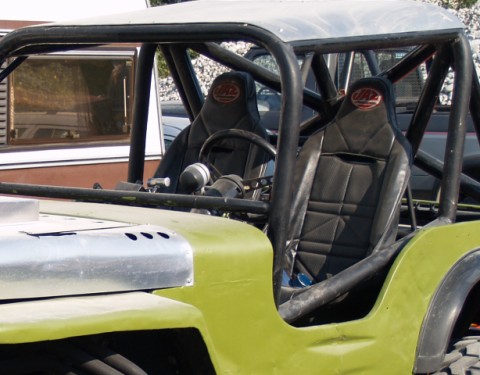
Bucket Seats If your car will see a lot of off roading in the open-extreme sections, the bucket seats are a definite must. They are specially designed and reinforced seats, with outer metal contour that facilitate the use of multi point seat belts. Most extreme class competitions will require them. Although they are the seating definition of safety, what they add there they more than make up in the complete and utter lack of comfort. The most notable brands of chairs here are Sparco, Momo and Recaro.
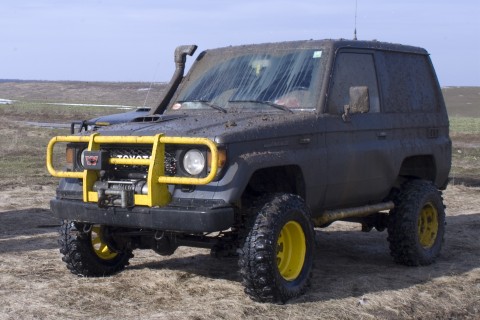
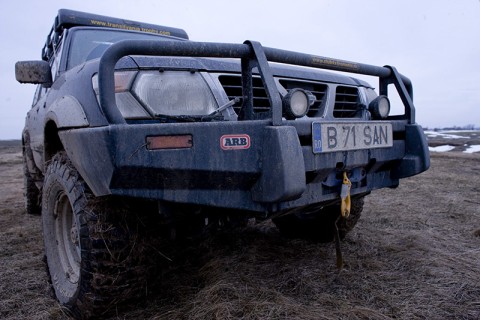
Bumper (front/rear) The bumpers are more often than not the first modifications that an off road car will undergo. Their uses are almost limitless, beginning with aesthetics, accommodating branch deflectors, all the way to holding auxiliary lights, housing the winch and last but most important car protection/recovery. The bumpers literally come in absolutely all shapes, sizes and colors. Recently, studies have shown that some bumpers pose a threat to pedestrians due to the outside metal bars and the market has been greatly diminishes. The general bumpers now are tubular and are aimed at protecting the lowest parts of the vehicles front and rear ends. Some of the most well known names in bumper manufacture are ARB and Devon 4x4.
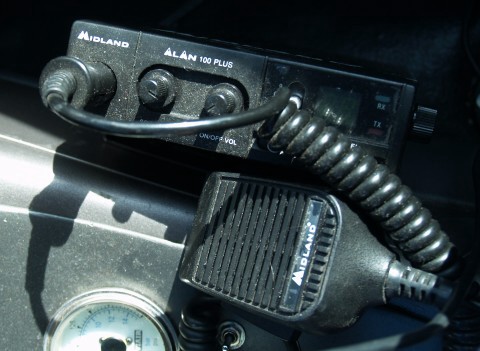
CB Radio this little device is pretty much vital to absolutely anyone wanting to have an off road adventure. Buying a CB radio implies buying a radio antenna and possibly an amplifier as well. In off road, various groups or countries will have agreed on a channel where off road drivers can communicate on, find each other or find help. There will be a limitation to how each person can use the CB Radio without having a radio amateurs certificate. All hobby stations are limited to 4w-E/4w-R for Emission and Reception messages. This translates in roughly about 15 km's of space in any direction, from the cars position. One of the biggest names in the sector is President, with hobby and professional CB Radios available.
Compass there will be situations where technology will fail. It always does and you always have to have a back up plan. GPS's and electronic mapping systems are fun and useful, but when the batteries run out is where the fun stops. The compass can get you out of a whole bunch of troubles (i.e.: lost in the woods, literally) where a GPS might be confused. Reception on the electronic equipment can be lost in some conditions but the compass will always point North. For an accurate result of the compass, the reading must be done out of the car and 3-5 meters away. The car has its own, granted fairly weak in general, magnetic field that affects the results. Silva is one of the companies that produces excellent, lasting compasses for expeditions and trekking.
Dual Battery System if youre considering buying a second battery and having a management system, youre already pretty deep in the off road world. In general, the extra equipment that will need electricity (winch, inverter, lights, lockers, etc.) will require extra energy. A lot of it too. In order to be on the safe side, most sensible off roaders will install a second battery, to function side by side with the stock one. Since a car is usually equipped with one battery, the recharging system is only built for that one. The battery management system insures that both batteries will charge simultaneously and that they will be used alternatively so that none of them is fully drained at any point. They usually come with a control panel that will have buttons for charging, energy levels, linking and so on. The most important manufacturer of battery management systems is IBS.
Emergency Breakdown Box every decent 4x4, intended for even the mildest off road use needs it. The EBB should be your trucks life vest and should contain one liter of engine oil, one liter of gearbox oil, one air filter, one fuel filter, one spark plug and a large array of tools such as spanners, screwdrivers, hammers and so on an so forth. This will all come in very handy when you break down in an awkward place where help will take some time to arrive. If at all possible, get a how-to manual for your vehicle, which should guide you through various basic car fixing and maintenance techniques. Personally I found the Heynes Land Rover Defender manual quite enlightening and, to my knowledge, its also available for FJ/HJ series Toyotas and Jeeps.
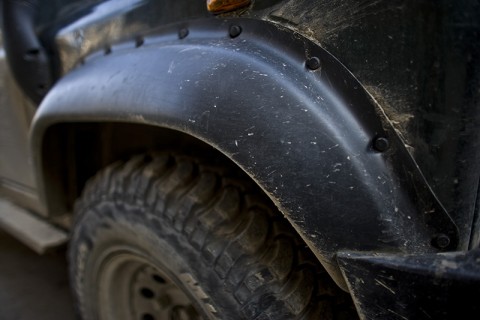
Fender flares / Overfenders made usually out of plastic/carbon/metal, these are designed to fit over or instead of your current fenders. Their purpose is to protect the windows from mud (in case you will have wider tires or flanges, the edges of the tire will come out of the body and subsequently throw mud bits on the truck) but also maintain the entire wheels under the body of the car and not sticking out from under the arches this is a requirement for keeping your car road legal, unless otherwise noted/modified in the car description (i.e.: special vehicle, race truck, etc.)
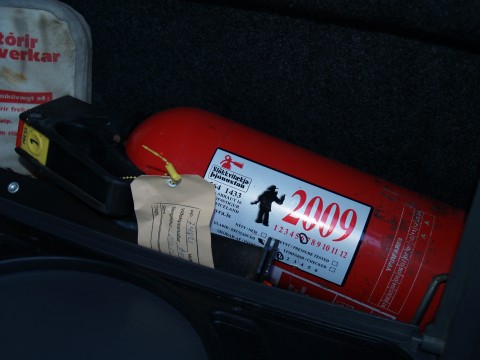
Fire Extinguisher does what it says on the tin. At least one extinguisher is mandatory for any car. For off road vehicles, its recommended to have two, one auto extinguisher (the small, one-dose one) but also a civilian one, with a bigger capacity. Its effectiveness will determin just how much damage your car will undertake in the unlikely event of a fire.
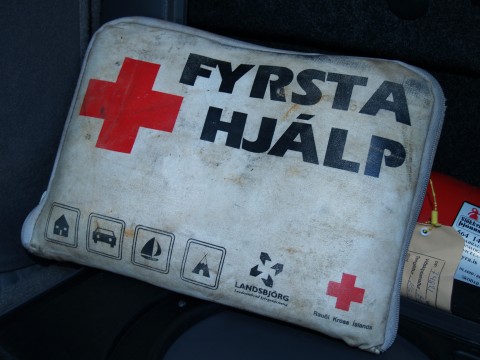
First Aid Kit the 4x4 first aid survival kit should be light but still extremely dependable and should be stored in an easily accessible area. Your kit should contain adhesive bandages, tape, alcohol preps, anti-diarrhea tablets, aspirins, calamine lotion, dust masks, elastic bandages, FIRST AID BOOK (very important), gauze pads and rolls, hydrogen peroxide, instant cold and heat packs, mouthwash, prescription meds, razor blade, sanitary pads, scissors, venom kit (extremely important when going in areas where there have been reports of scorpions, snakes, dangerous spiders, etc.), splints, tongue depressors, toothache kit, towelettes and tweezers. Some hospitals offer free medical training for volunteers, at the end of which you will have the knowledge to use everything in the kit, properly administer basic pills and tend to victims in some situations. Some kits will also include stitching needles and special thread which, in extreme cases may be useful.
Flanges these are round metal pieces that bolt on between the wheel and the hub. Their purpose is to increase the distance between the wheels thus creating a more stable base and lowering the chances of tipping sideways.
General Power Switch the general power switch is a safety measure that cars should have. Its nothing more than an on/off switch, situated between the battery/batteries and the consumers. Given the fact that, in some cases the truck will perform at its very limits, the risk of a fire is greatly increased. The switch insures that, in case of anything going wrong, the power will be off as soon as possible. This switch needs to be situated somewhere with easy access, but also be protected from the event of accidental pressing during drive.
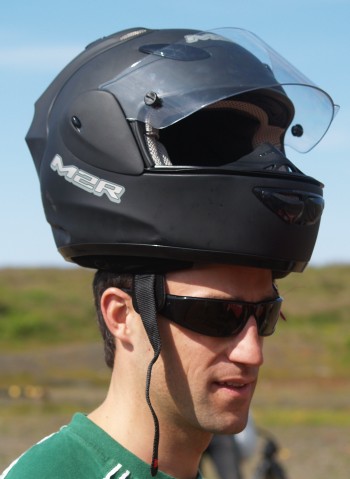
Helmet helmets are items exclusively reserved for competitions for safety and/or communication between pilot/copilot/pit crew. There is absolutely no reason anyone would need it on a day to day basis in a 4x4. Although the market is overly saturated with all possible makes, Sparco Pro Jet has been one of the most used models in all areas.
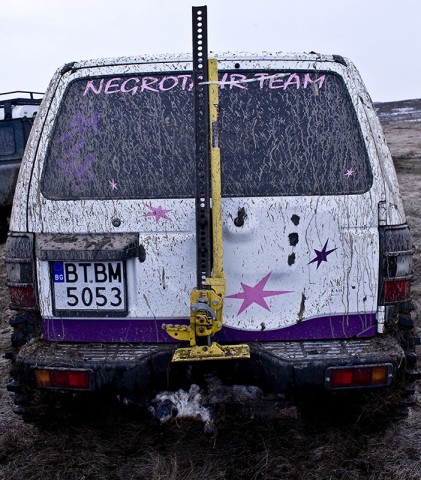
Hi-lift this is also one of the items that should not be away from the truck unless youre using it. The hi-lift is a great big lifting system that has become, along the years, the standard for the off road jack. The company that does them is called Hi-Lift. Along with the great big red jack, they also have a number of accessories, such as the large area support for sand or mud or jack head extensions.
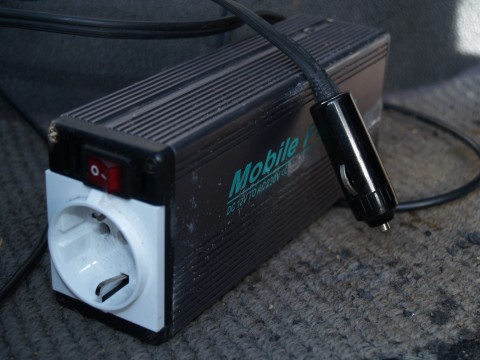
Inverter this is perhaps one of the items that can be found more often than not in expedition vehicles. An inverter is a device that transforms the 12V power that the car provides into a 220V, same as a household plug. This can be then used for a small fridge, laptop, phone, hair dryer, anything really. It is an especially handy device that can be purchased at most electric/electronics/DIY stores.